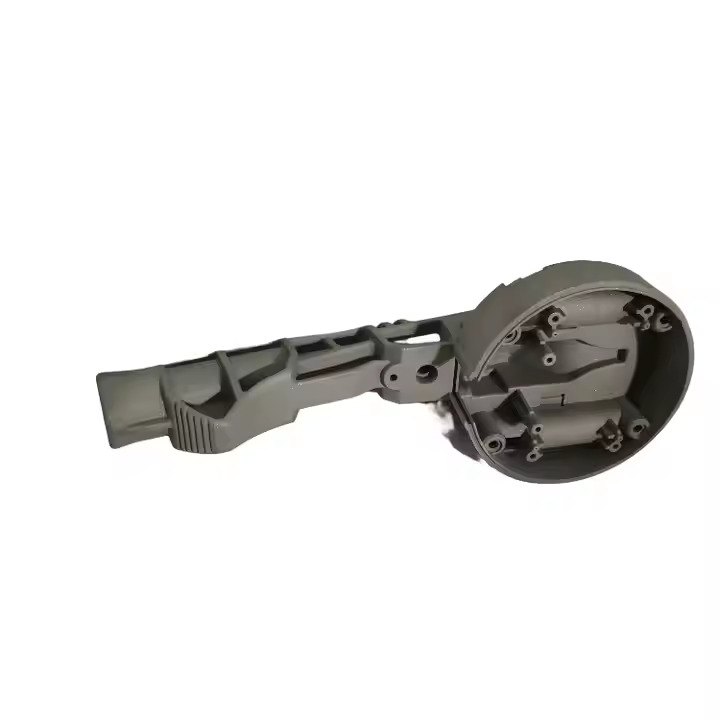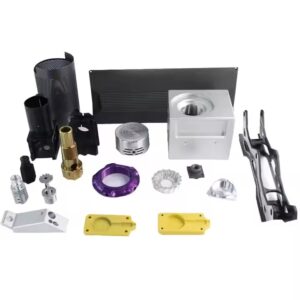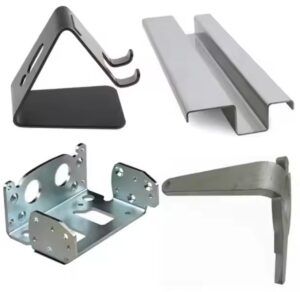When it comes to metal fabrication, you’ve got a big decision to make – do you go with good old-fashioned CNC machining or the shiny new world of 3D printing? Both have their pros and cons, and the right choice really depends on the specifics of your project. Let’s dive in and explore the differences so you can figure out which method is the perfect fit.
CNC Machining: The Reliable Workhorse
CNC machining has been the go-to for metal fabrication for decades, and for good reason. It’s a tried-and-true process that delivers consistent, high-quality results. Here are some of the key benefits:
- Precision and Accuracy: CNC machines can hold extremely tight tolerances, making them ideal for parts that require a perfect fit.
- Wide Material Selection: From aluminum to titanium, CNC machining can handle a huge variety of metal alloys.
- Fast Turnaround: With the right equipment and skilled operators, CNC shops can crank out parts quickly.
The downside? CNC machining requires specialized equipment and expertise, which can mean a higher upfront cost. And if you’re looking to produce complex, organic shapes, it might not be your best bet.
3D Printing: The Innovative Newcomer
On the other side of the coin, we’ve got 3D printing, also known as additive manufacturing. This technology has been making waves in the metal fabrication world, offering some unique advantages:
- Design Flexibility: 3D printing excels at creating complex, intricate geometries that would be nearly impossible with traditional machining.
- Reduced Lead Times: 3D printing can produce parts much faster than CNC machining, especially for low-volume runs.
- Cost-Effectiveness: For certain projects, the upfront investment in 3D printing equipment can be lower than setting up a full CNC shop.
However, 3D printing also has its limitations. The materials selection is more limited than CNC, and the surface finish may not be as smooth. Plus, 3D printed parts can sometimes be weaker than their machined counterparts.

When to Use 3D Printing: Design Validation and Prototyping
One of the most significant advantages of 3D printing is its ability to quickly validate and prototype designs. When you’re still in the design phase, 3D printing can help you confirm the feasibility of your structure and make any necessary adjustments before moving on to production. This can save you a significant amount of time and money in the long run.

Material Limitations: High-Temperature Materials and Structural Strength
While 3D printing has come a long way, it still has some significant material limitations. High-temperature materials, in particular, can be challenging to print, and the process can be much slower than traditional machining. Additionally, the structural strength of 3D printed parts may not be comparable to those produced by CNC machining.
Factors to Consider
So, how do you decide which method is right for your metal fabrication project? Here are some key factors to weigh:
- Part Complexity: If you need intricate, organic shapes, 3D printing might be the way to go. For simpler, geometric parts, CNC machining could be the better option.
- Production Volume: CNC machining shines for high-volume runs, while 3D printing excels at low-volume or custom parts.
- Material Requirements: Different metals have different machinability and printability. Make sure the process can handle your material of choice.
- Timeline and Budget: Factor in the upfront costs, lead times, and operational expenses for both methods to determine the best fit.
The Verdict: Choosing Your Fabrication Method
Ultimately, there’s no one-size-fits-all answer. The right metal fabrication method for your project depends on a careful balance of your specific needs and requirements. In some cases, you might even find that a combination of CNC machining and 3D printing is the ideal solution.
The key is to approach this decision with an open mind and a willingness to explore all the possibilities. Talk to experts, run some tests, and don’t be afraid to get your hands dirty. With a little bit of research and a lot of experimentation, you’ll find the perfect fabrication method to bring your metal masterpiece to life.
So, what are you waiting for? It’s time to get to work and start creating something amazing!




